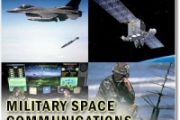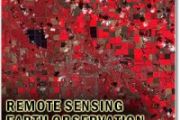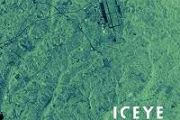
Copernical Team
White Sands propulsion team tests 3D-printed Orion engine component
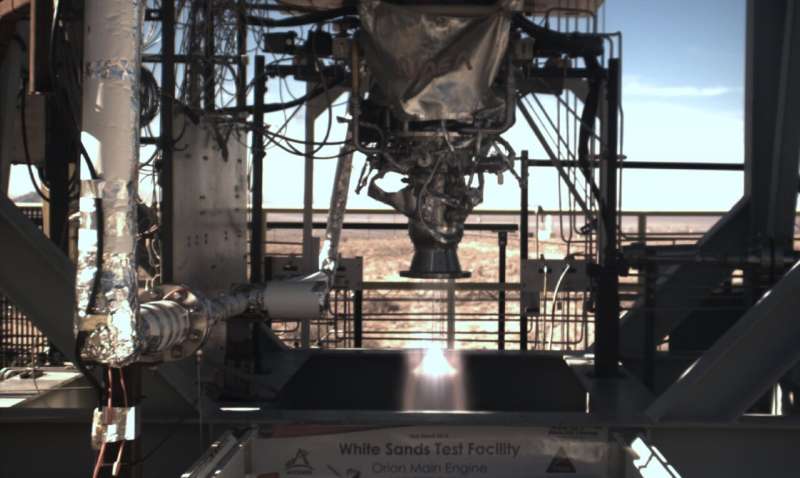
When the Orion spacecraft carries the first Artemis crews to the moon and back, it will rely on the European Service Module contributed by ESA (European Space Agency) to make the journey. The service module provides electrical power generation, propulsion, temperature control, and consumable storage for Orion, up to the moment it separates from the crew module prior to re-entry into Earth's atmosphere.
For the first six Artemis missions—Artemis I through Artemis VI—NASA and ESA will use a refurbished Orbital Maneuvering System (OMS) engine from the space shuttle program as the European Service Module's main engine. Beyond Artemis VI, NASA will need a new engine to support Orion.
That need will be met by the Orion Main Engine (OME) in development with Aerojet Rocketdyne (now L3 Harris), but before the OME can fly, all of its components must be thoroughly tested.
Enter the Propulsion Test Office at NASA's White Sands Test Facility. From November 2023 to January 2024, this team led rigorous testing of a critical OME component: the injector that delivers propellants to power the engine and provides the thrust necessary to return Orion home from the moon.
'Lost' spy satellite orbited Earth undetected for 25 years—until now, scientists say

An experimental spy satellite that was deemed "lost" after eluding detection for decades has finally been found. "The S73-7 satellite has been rediscovered after being untracked for 25 years," astrophysicist Jonathan McDowell said in an April 29 post on X, formerly Twitter. He says it reappeared on April 25, citing Space Force data.
The Cold War-era satellite, officially called the Infra-Red Calibration Balloon (S73-7), was just over 2 feet in diameter. The U.S. Air Force's Space Test program launched it on April 10, 1974, with a much larger spy satellite, Gizmodo reported.
According to the outlet, the balloon was supposed to inflate after launch, but something went wrong. After the failure, teams back home lost track of the balloon twice—once in the 1970s and then again for much longer starting in the 1990s when ground-based sensors could no longer detect it.
For a quarter-century, analysts in the 18th Space Defense Squadron, the group responsible for tracking all human-made objects in Earth's orbit, saw nothing of S73-7, Popular Science reported. In the minds of experts, the balloon was now lost in the world of "space junk.
Space Team Europe for Ariane 6: Aline Decadi
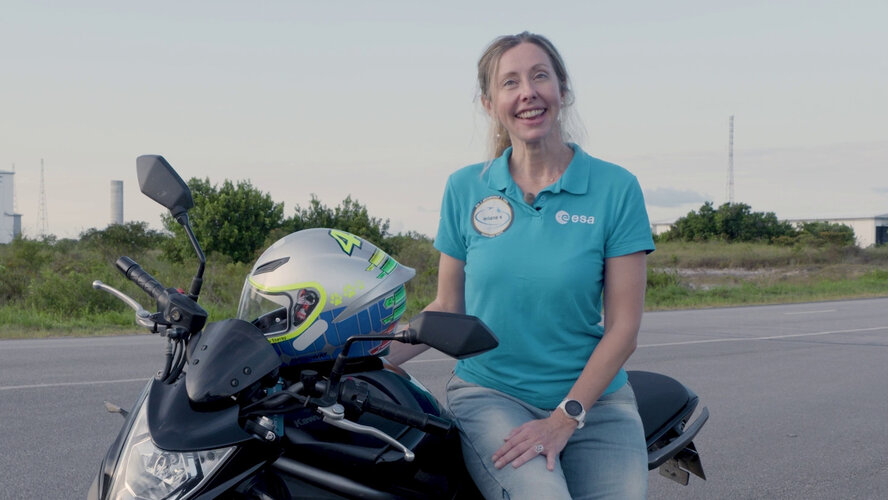 Video:
00:03:47
Video:
00:03:47
They say it takes a village to raise a child. To launch a rocket, we have the combined expertise and passion of Space Team Europe. Aline Decadi is one of many making the first Ariane 6 launch possible and has been interviewed as part of a series highlighting some of the people that make up this dream team.
Working for ESA, Aline Decadi is Launch System Dependability and Safety Lead engineer on Ariane 6 meaning her role is to predict what could go wrong at any moment to protect the people working at Europe’s Spaceport. Passionate about space
Where space weather starts
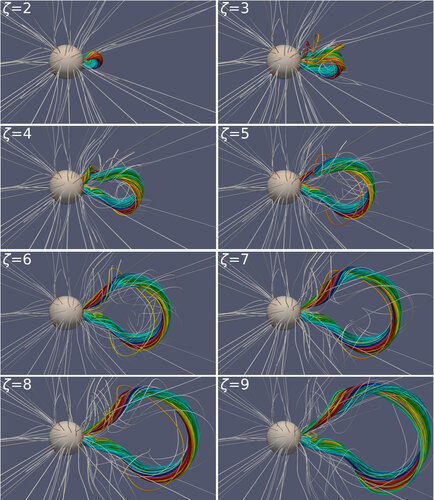 Image:
Where space weather starts
Image:
Where space weather starts Webb hints at atmosphere around rocky exoplanet
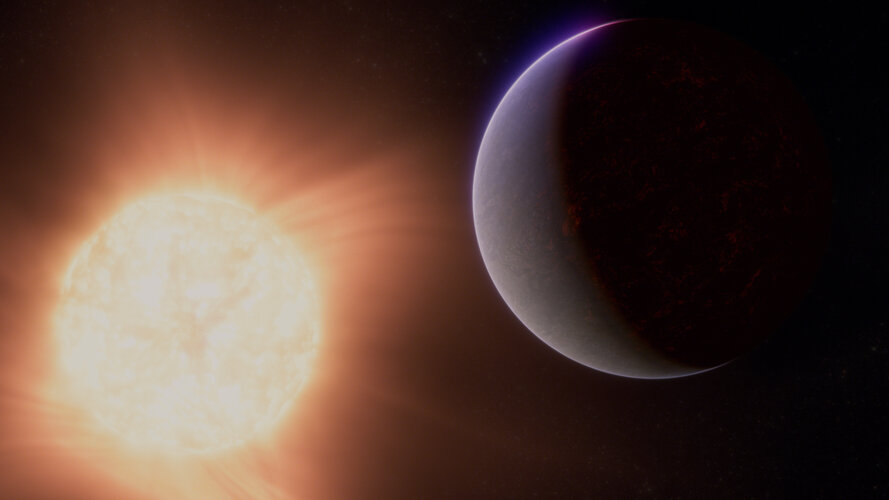
Researchers using the NASA/ESA/CSA James Webb Space Telescope may have detected atmospheric gases surrounding 55 Cancri e, a hot rocky exoplanet 41 light-years from Earth. This is the best evidence to date for the existence of a rocky planet atmosphere outside our Solar System.
Artist's view of the Ariane 6 components and payload with two boosters – white background
 Image:
Artist's view of the Ariane 6 components and payload with two boosters – white background
Image:
Artist's view of the Ariane 6 components and payload with two boosters – white background Artist's view of the Ariane 6 components with two boosters – blue background
 Image:
Artist's view of the Ariane 6 components with two boosters – blue background
Image:
Artist's view of the Ariane 6 components with two boosters – blue background Artist's view of the Ariane 6 components with two boosters
 Image:
Artist's view of the Ariane 6 components with two boosters
Image:
Artist's view of the Ariane 6 components with two boosters Artist's view of the Ariane 6 components and payload with two boosters – blue background
 Image:
Artist's view of the Ariane 6 components and payload with two boosters – blue background
Image:
Artist's view of the Ariane 6 components and payload with two boosters – blue background Ariane 6 launches 3Cat-4: reflecting on Earth
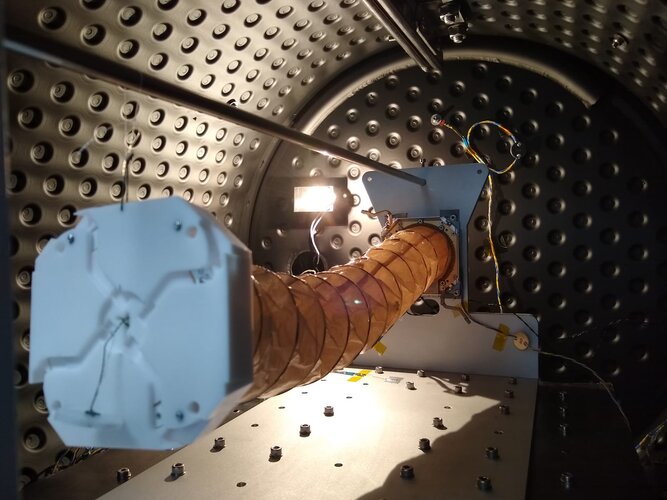
Europe’s newest rocket soon launches, taking with it many space missions each with a unique objective, destination and team at home, cheering them on. Whether launching new satellites to look back and study Earth, peer out to deep space or test important new technologies in orbit, Ariane 6’s first flight will showcase the versatility and flexibility of this impressive, heavy-lift launcher. Read on for all about 3Cat-4, then see who else is flying first.




